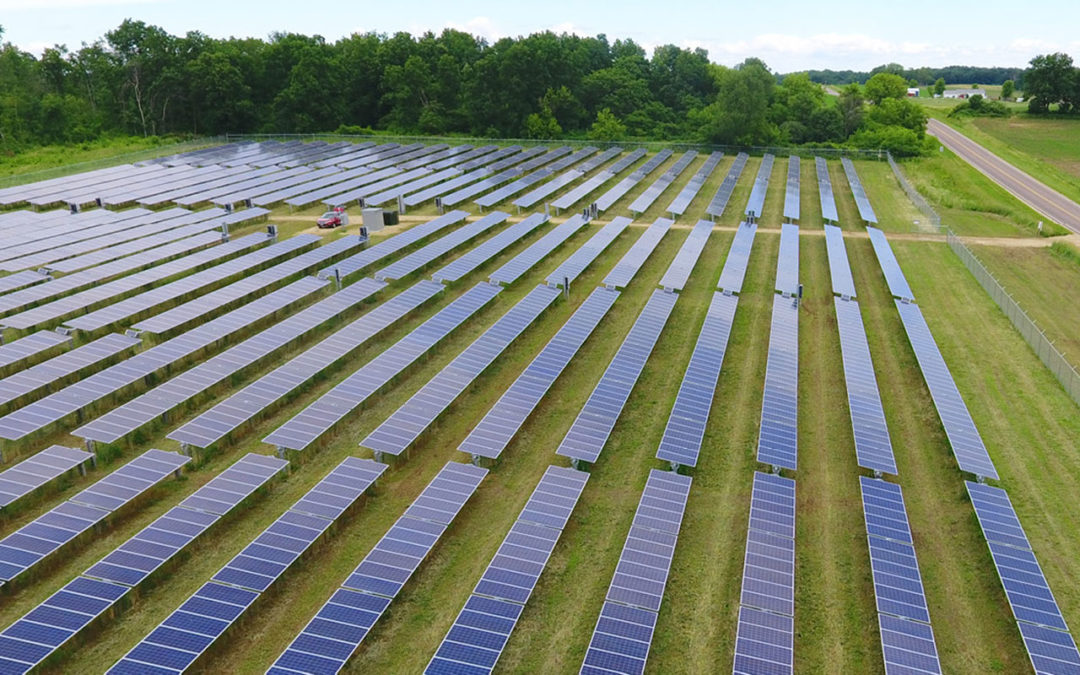RENEW Wisconsin Electric Vehicle Blog: 2019 Preview: More than a Dozen Electric Cars Coming Soon
Back in October I wrote a blog, Momentum is Building, about the hundreds of new electric cars that will hit the market in the next few years. Then, in the last blog I talked about how the market for electric cars in the US is exploding, up 80% from 2017. The result? Lots of electric cars coming to market in 2019.
Now, we have a preview of cars that will arrive in 2019. I read almost a dozen articles that previewed the 2019 electric car market. Here is my summary, thanks in large part to Green Car Reports.
2019 Electric Car Preview
2019 Hyundai Kona Electric
When: Any day
Range: 258 miles
Price: $37,495
What’s cool: Finalist in Green Car Reports’ Best Car to Buy competition for 2019.
2019 Kia Niro EV
When: Expected in February
Range: 239 miles
Price: $38,000
What’s cool: Completes the line-up of ecofriendly Niro models by joining the hybrid and PHEV models.
2019 Nissan Leaf Plus
When: Spring 2019
Range: 226 miles
Price: ~$30,000
What’s cool: Improved acceleration and faster charging means this isn’t your typical Leaf
2019 Audi e-tron quattro
When: Second quarter 2019
Range: 248 miles
Price: $75,795
What’s cool: Another electric SUV!
2020 Porsche Taycan
When: Late 2019
Range: 300 miles
Price: $90,000
What’s cool: Can receive 240 miles of charge in only 10 minutes
Additionally, the 2019 Volkswagen ID will arrive in late 2019, but it’s only slated to appear in Europe.
Ford will also have a 2020 electric SUV, which is rumored to have a 300-mile range. More details could be announced in 2019, though the vehicle is not likely to be available for purchase before 2020.
Other models that may be out by the end of the year include: The 2020 Kia Soul EV, 2020 BMW iX3, 2020 Mercedes-Benz EQC, 2020 Polestar 2 and 2020 Mini Cooper Electric. Details are scant so far, but I’ll keep you updated if I hear more about pricing, range, or if/when they’ll be available in the US.
My Analysis: We’re moving in the right direction
Folks who have been waiting for an electric SUV or another option for an electric car should be extremely excited by these new options! The Chevy Bolt and Tesla Model 3 now have real competition from several vehicles with comparable range and prices, like the Kona, Niro, and Leaf Plus.
My concern is the lack of lower priced options. However, if the Leaf Plus does end up coming in near $30,000, then prices are moving in the right direction. Still, that’s a fairly expensive car. Electric vehicles need to be accessible to the average car buyer in order to reach market penetration. We aren’t quite there yet, but I’m hopeful we will be soon.
As first and second-generation electric car drivers swap their ride for one of these new options, it will put more used electric vehicles into the market. These cars will have a lower upfront price, making them more accessible for the average car buyer. More on this topic in a future blog post.
Until then, head to your local dealer and test drive some electric vehicles. Let me know how it goes!



